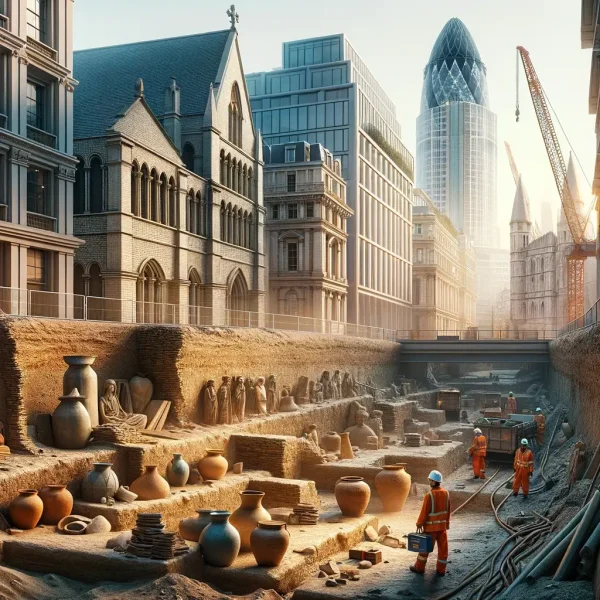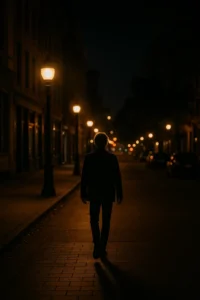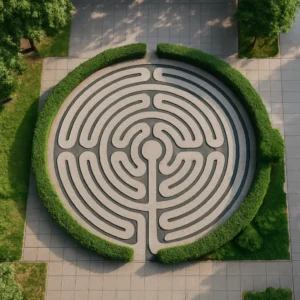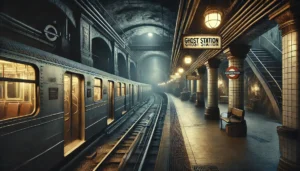Cities are built in layers — not just of concrete and steel, but of history, memory, and time. Beneath the sidewalks we walk every day, entire chapters of human civilization remain hidden, waiting to be rediscovered. And often, it’s during ordinary urban renovations that the extraordinary is revealed.
Across the world, construction workers digging foundations or upgrading infrastructure have stumbled upon ancient relics, forgotten architecture, and artifacts that rewrite parts of history. These unexpected finds remind us that even the most modern landscapes rest atop stories far older than we imagine.
In Rome, it’s not uncommon for subway construction to be delayed by the discovery of Roman temples, villas, or mosaics. During the extension of Metro Line C, workers uncovered a 2,000-year-old Roman military barracks. Complete with rooms, corridors, and frescoes, the find provided rare insight into daily military life during the empire’s height.
In Istanbul, formerly Constantinople, city projects frequently unearth Byzantine structures, underground cisterns, and ancient roads. While constructing the Marmaray railway tunnel under the Bosphorus, workers discovered the ancient Harbor of Theodosius, including dozens of perfectly preserved shipwrecks and thousands of artifacts dating back to the 4th century.
London is another hotspot for historical surprises. Beneath its ever-evolving skyline lies a treasure trove of Roman, medieval, and Victorian artifacts. During the Crossrail project — a major transport infrastructure initiative — archaeologists uncovered a Black Death burial site, centuries-old skeletons, Roman coins, and tools. Each find added depth to the city’s timeline.
In Mexico City, which was built over the ancient Aztec capital of Tenochtitlan, renovation work often reveals temples, sculptures, and ceremonial objects. In 2020, during the remodeling of a colonial building, archaeologists discovered a part of the Huei Tzompantli — a massive Aztec skull rack used for ritual displays. It offered insight into the religious and cultural practices of pre-Columbian Mesoamerica.
Athens, Cairo, and Jerusalem are equally rich in hidden history. In these cities, digging too deep means confronting layers of past civilizations. From ancient pottery and tools to long-forgotten tunnels and crypts, every shovel can change what we thought we knew about a city’s origins.
But it’s not only grand capitals that reveal secrets. In small towns and growing suburbs, urban development can bring lost history to light. In the Netherlands, construction of a residential complex led to the discovery of Roman-era roads and coins. In the United States, expansions of roads and highways have uncovered Native American burial sites, colonial artifacts, and even dinosaur fossils.
These finds often create a delicate balance between development and preservation. City officials must weigh the needs of modern infrastructure against the cultural and historical significance of what lies below. In many cases, archaeologists are now included early in planning processes to ensure that discoveries are documented and protected.
For urban explorers and history lovers, these moments are thrilling. They remind us that history is not confined to museums — it’s under our feet, hiding in basements, buried beneath parking lots. Every street corner might conceal a secret, and every renovation is a potential gateway to the past.
Urban renovations that uncover history offer more than just artifacts. They offer perspective — a reminder that progress doesn’t erase the past, but is built upon it. As cities grow and evolve, so too do the stories they tell, layer by layer, brick by brick.







